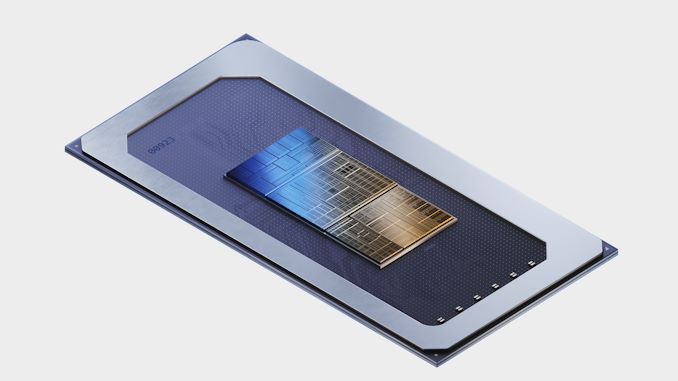
Alongside Intel’s weak Q2 2024 earnings report and the announcement of $10 billion in spending cuts and layoffs for 2025, the company is also relaying one other piece of bad news regarding its current chip deliveries. A brief report, posted on X by analyst Patrick Moorhead and citing a conversation with Intel CEO Pat Gelsinger, revealed that Intel has been dealing with a yield issue on Meteor Lake, with the issue being significant enough to drive intel to take extraordinary steps to deliver the necessary chips.
It was a very rough Q2 for $INTC. And that guide… Thanks, @Pgelsinger, for the time to discuss.
It appears that there were yield/throughput issues on Meteor Lake, negatively impacting gross margins. When you have to get the product to your customers, and you have wafers to… pic.twitter.com/pHU66xvFe7
— Patrick Moorhead (@PatrickMoorhead) August 1, 2024
It appears that there were yield/throughput issues on Meteor Lake, negatively impacting gross margins. When you have to get the product to your customers, and you have wafers to burn, you run it hot. I heard from OEMs that they needed more MTL, but it wasn’t bone dry. You have to run hot lots in that case, or else your customers will be impacted. I didn’t have this one on my dance card.
-Patrick Moorhead
Decoding Moorhead’s dense tweet, the biggest revelation here is that Intel has been suffering from yield issues on Meteor Lake. The first chip from the company to incorporate Intel’s EUV-augmented Intel 4 process, Meteor Lake was not expected to be particularly high yielding at the start (no lead chip for a new process node ever is). However, without citing specific figures, Moorhead’s report implies that Intel’s yield – and resulting Meteor Lake chip throughput – were worse than even the modest expectations that come with a new node.
Most interesting of all here is the claim that Intel has been running production “hot lots” of Meteor Lake – high priority wafer batches that get moved to the front of the line in order to be processed as soon as possible (or as reasonably close as is practical). Hot lots are typically used to get highly-demanded chips produced quickly, getting them through a fab sooner than the normal process would take. As a business tool, hot lots are a fact of life of chip production, but they’re undesirable because in most cases they cause disruptions to other wafers that are waiting their turn to be processed.
The situation with Meteor Lake is somewhat particular, as the Intel 4 process used for Meteor Lake’s compute tile (the only active tile made at Intel) is not offered to external foundry customers, or even used by other Intel CPUs (Xeon 6s all use Intel 3). As a result, Intel’s capacity is all their own, hence Moorhead’s comment on having “wafers to burn”. In short, it seems Intel slammed through a large number of wafers – yields be damned – in order to produce more Meteor Lake chips to satisfy OEMs.
And the tactic seems to have worked. Intel reported in their Q2 earnings that they’ve shipped 15 million “AI PC” chips since Meteor Lake’s launch, which is still a significant number of chips. So whatever Meteor Lake’s yields are, they are not so dire that Intel is struggling to get any chips out; only that they weren’t getting enough chips out. In this case, according to Moorhead, OEMs would have taken more chips if they were available.
As for the total costs to Intel for running Meteor Lake hot lots and not being able to deliver enough chips, these are reflected both in regards to Intel’s client chip revenue, and their gross margins. Revenue is fairly straightforward: Intel could have sold more chips if they had them. As for gross margins, the company cited lower gross margins for the quarter due to “headwinds from the accelerated ramp of our AI PC product,” which lower-than-expected chip yields would certainly lead to.
There is also the matter of the wafers that got bumped to make room for those Meteor Lake hot lots. Intel 4 has significant overlap with Intel 3 (the latter is a refined version of Intel 4), but as Intel’s lead products for Intel 3 are their high-margin Xeon products, it seems unlikely that they bumped anything related to those in favor of client chips. More likely any bumps were on tools shared with the Intel 7 node, but it’s unlikely we’ll ever hear the full details there.
In any case, Intel at this point is looking to turn around their troubled fortunes in the second half of this year. The company’s next-gen client SoC for mobile, Lunar Lake, is set to launch on September 3rd. And notably, both of its active tiles are being built by TSMC. So Lunar Lake would be spared from any Intel fab snafus, though it still has to go through Intel’s facilities for assembly using their Foveros technology.




